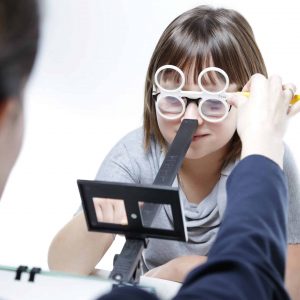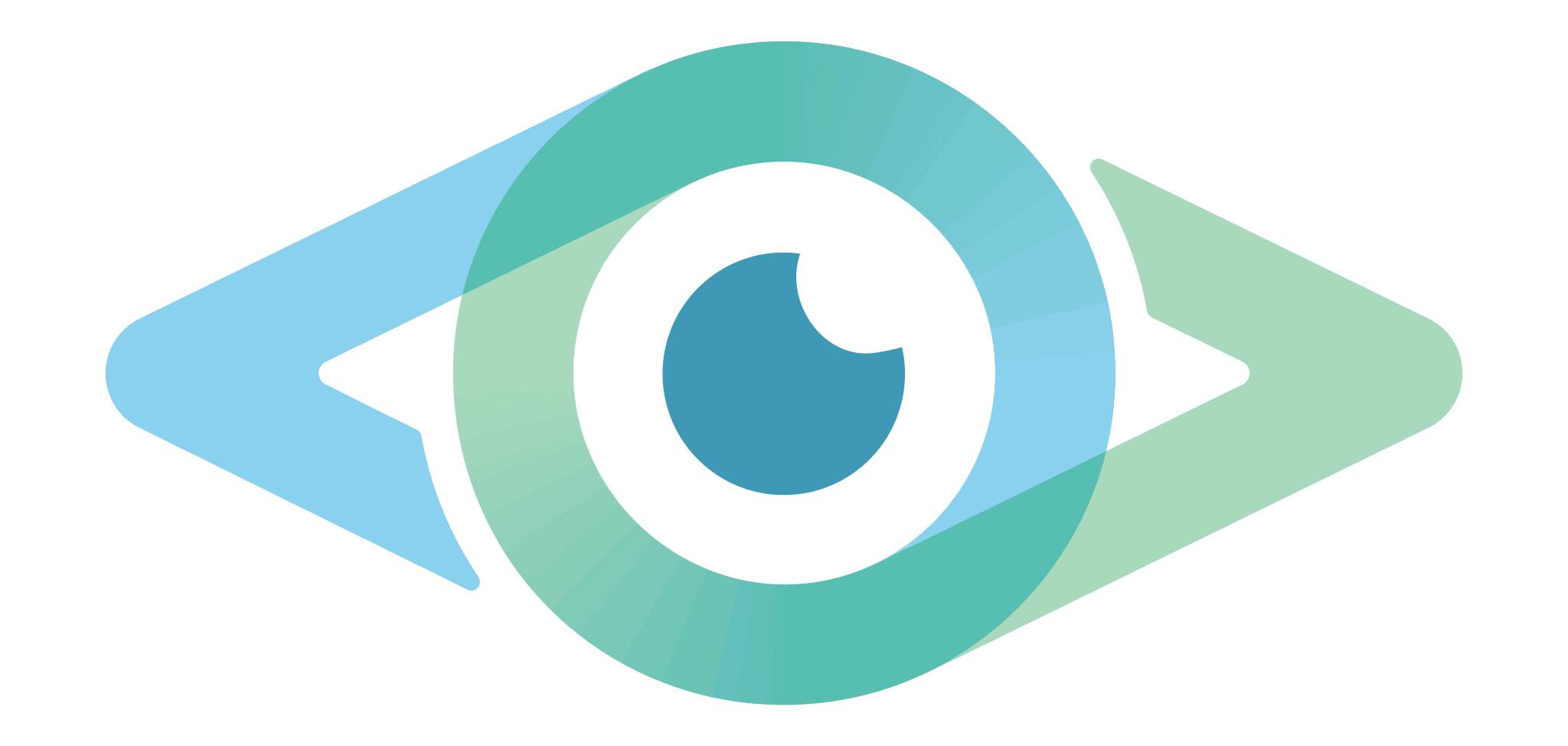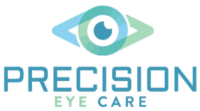Vision Therapy
Vision therapy exercises improve basic visual skills that connect the eyes with the brain. These exercises can improve visual efficiency by changing how a patient interprets images. A healthy connection between the eyes and the brain is essential for good eyesight.
Book Online
Just choose the appointment type and time that work best for you, and you're on your way to clear, comfortable vision!

Vision Therapy
Vision is a Learned, Teachable Skill
Vision therapy is a form of vision training designed to re-mediate deficient eye skills. Essentially, vision therapy is physical therapy for the eyes with an emphasis on building new neural connections (neurogenesis) and enhancing existing neurological connections between the eyes and the brain. Sight is not a one way process. The eyes and other areas of the brain send information to the visual cortex of the brain to determine what is seen. The brain directly influences sight based on:
- how it fuses two-dimensional images from each eye into one three-dimensional image
- what it expects to see – the brain “looks” for what it expects and filters out information it deems irrelevant
- how much effort it devotes to aligning, moving, and focusing the eyes to see. More effort means less comfortable vision and minimal processing power available for other cognitive tasks like memory and reading comprehension.
A healthy connection between the eyes and the brain is essential for good eyesight. If communication between the eyes and brain is poor, the result is binocular vision disorders, focusing disorders, eye movement disorders, uncomfortable vision, double vision, and difficulty learning or performing professional responsibilities.
Is vision therapy right for you and your family? Contact our sister clinic Apex Performance Vision for more information.
Vision exercises are designed to help patients improve basic visual skills that connect the eyes with the brain. These exercises can improve visual efficiency by changing how a patient interprets images. This helps them see and understand images correctly and effortlessly.
It uses progressive vision exercises performed under the supervision of your eye care provider. Each set of exercises is tailored to meet the individual visual needs of a patient. These exercises are done 1-2 times per week in sessions lasting 40 minutes. The exercises are designed to continue until visual processing problems show improvement.
Scientific research shows that vision therapy does work. Studies on vision therapy show it is effective in improving the lives of patients. Data shows that this therapy can improve visual function enough to keep it from interfering with a patient’s ability to absorb information and learn. In its own sphere, this therapy is as effective as physical therapy or occupational therapy. Don’t take our word for it – the College Of Optometrists in Vision Development has compiled a list of peer-reviewed journal articles supporting vision therapy.
Nothing about vision therapy is centered on strengthening eye muscles. These muscles can be strengthened through orthoptics if they need strengthening. This therapy is all about improving vision problems that may interfere with learning by strengthening the neurological pathways between the eyes and the brain.
It can be a useful tool for helping children and adults alike. Children with learning or reading problems can benefit from the vision boost these exercises provide. Eyeglasses are not the solution when the problem is visual processing. These problems can’t be detected without tests done by an eye doctor. Adults can see vision improvement through this therapy as well. It can help curb eye-strain related vision processing problems brought on by working with computers and performing paperwork all day.
A comprehensive vision exam is necessary before starting therapy. Following the exam, your eye care provider can determine whether or not this type of therapy is the recommended treatment for your vision problems.



